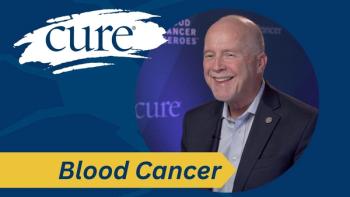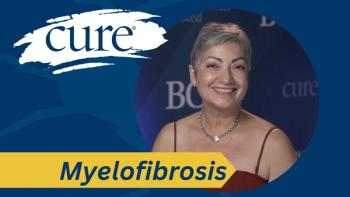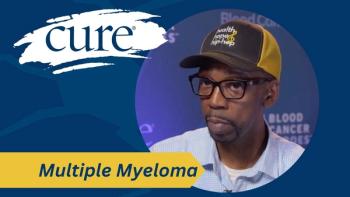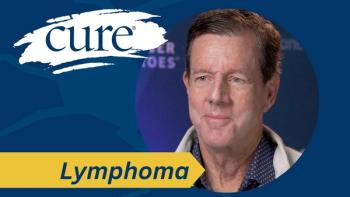
Cancer Biology 101
Although my time at the 37th annual congress of the Oncology Nursing Society was brief, I was able to attend an excellent presentation on PARP inhibitors by Julie Eggert, PhD, RN, of Clemson University in South Carolina and Lori Williams, PhD, RN, of the M.D. Anderson Cancer Center in Houston. I'm no expert on molecular biology, but I'll try to interpret what I heard. Be warned: we're about to enter a microscopic world with a language all its own. Navigating it will require a laser-like focus.In the beginning...
The story of cancer begins with damage to DNA. Repair the damaged DNA and you stop cancer's growth. It's a simple enough premise. But the devil is in the details.Hooray for the 1 percent!
DNA (Deoxyribonucleic Acid) is the genetic code in every human cell. And we've got a lot of it: If you were to stretch out the DNA in a single human cell, it would measure nearly 10 feet in length! Considering we have about 100 trillion cells, we've got enough DNA to reach the moon 6,000 times. With so much DNA in our systems, you might think we have a lot that makes us uniquely who we are. But 99 percent of human DNA is exactly alike in everyone. Only 1 percent is unique. Take that, Occupy movement!The only way we can store so much DNA in our cells is with the help of chromosomes, which act as super-efficient storage units. Before going into "storage," the DNA wraps itself tightly around proteins. These proteins form one of 46 chromosomes in every human cell. Our cells receive their instructions on what to do from our DNA molecules. For example, our DNA will tell a cell whether it should help us see or make our hearts beat. The DNA of DNA
To understand how DNA works, you have to know how it's built. Imagine that you have a ladder that is cut in half. It's basically useless, unless you can bond the two sides together. That requires not only a powerful bond, but also a proper alignment. Visualize DNA as a twisted ladder (scientists call it a "double helix"), with sides (scientists call them "strands") that are made up of sugars and phosphates, and rungs that are made of one of four chemicals: adenine (A), guanine (G), cytosine (C) and thymine (T). The chemical "bases" on one side of the ladder are bonded to the chemical bases on the other side with the help of hydrogen (creating that powerful bond I referred to earlier). But that bond will only work when the chemical bases are combined in certain ways (that proper alignment I spoke about). So, "A" must always bond with "T" and "C" must always bond with "G". The rungs of our DNA ladder form strings of "letters" that, in turn, form words and sentences--our genetic code or blueprint. Our genes tell our cells to make other molecules (proteins) that enable our cells to perform special functions, such as working with other groups of cells to help us see or make our hearts beat. Although we have about 25,000 genes, only a few contain instructions for helping us see or making our hearts beat.Handle with care!
DNA is fragile, meaning it's easily susceptible to damage. Consider that we typically experience more than 10,000 spontaneous single strand breaks to our DNA every day. What causes our unstable DNA to become damaged? Most frequently, exposure to environmental agents, such as chemicals or inflammation.PARP is a protein needed by cells to repair damage, so when that protein is blocked, damage repair is inhibited, resulting in cell death. Some cancer cells are dependent on PARP, particularly those with BRCA or "BRCA-like" gene mutations. Cancers sensitive to PARP inhibition include breast, prostate, squamous cell lung, colorectal, ovarian and melanoma. PARP inhibitors may also be used to prevent repair of damage from chemotherapy or radiation treatments.Researchers are still learning about how PARP inhibitors work and whether they are more effective alone or in combination with other targeted agents. Results of early trials seem to support the latter. In fact, PARP inhibitors suffered some
If you've managed to make your way to the end of class, you might consider reading our




